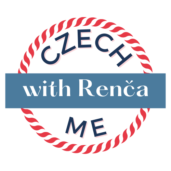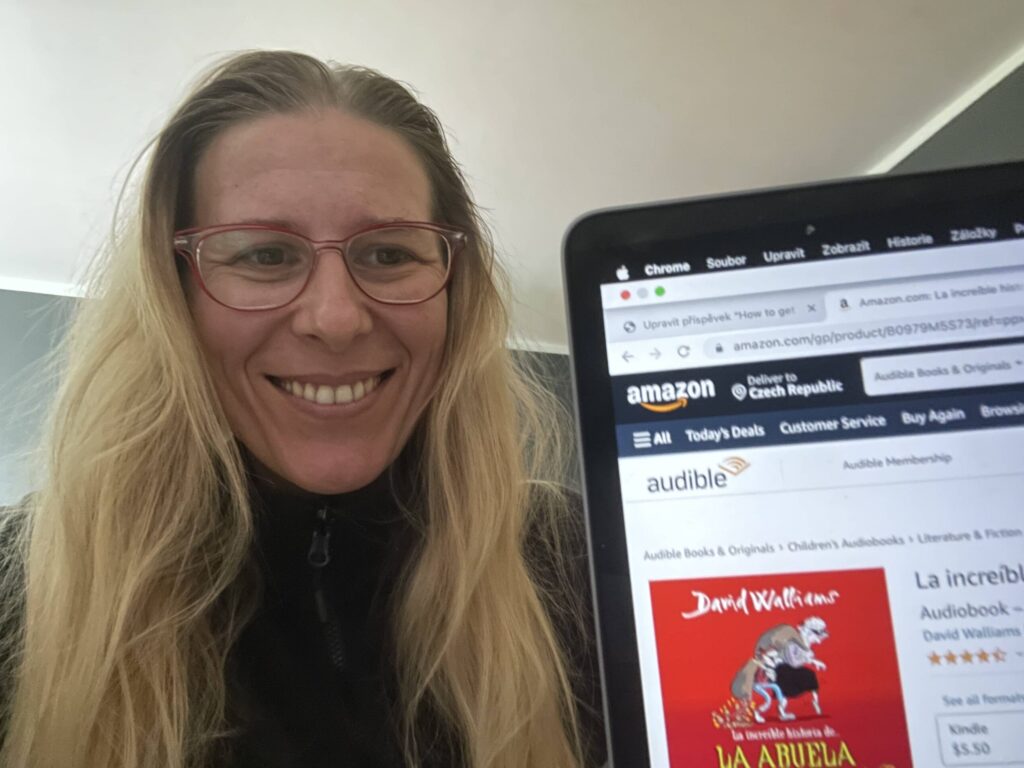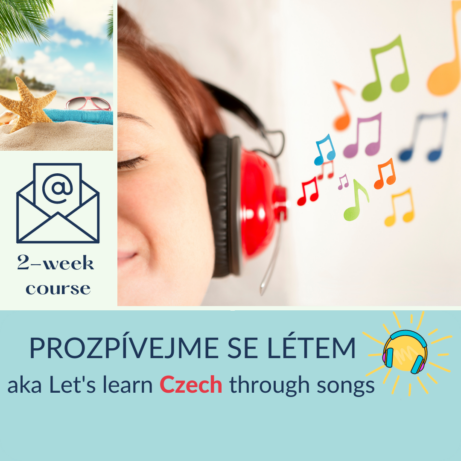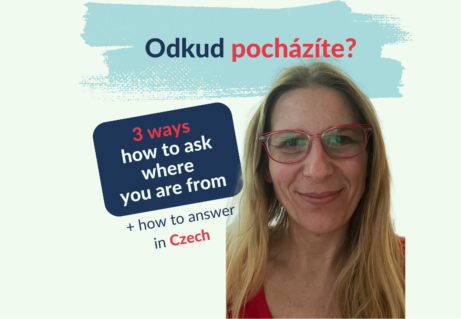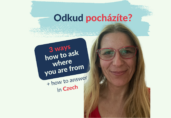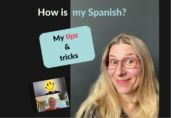How is my Spanish? What does my weekly routine look like? Have I improved?
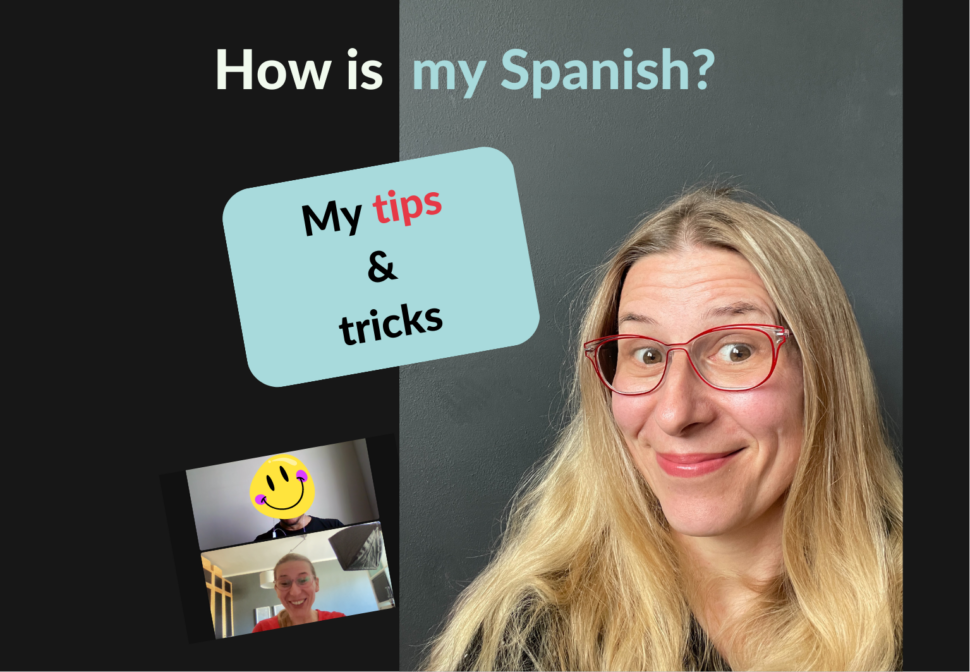
It’s been several months since my last article about my Spanish. What does it look like? Am I getting better at Spanish? I will share my tips and tricks that work for me.
Let me compare my approach last year to this year.
Last year:
- Spanish was on my to do list every day
- I listened to an audiobook in Spanish regularly
- I joined 3-month course of Spanish
This year:
- I have set a time window for my Spanish
- I have a tandem partner
- I have 90 minutes full of speaking in Spanish every week
- I am studying with my students from my Czech course (it helps me understand their needs more as I am going through the same struggles they do…)
I had been dreaming about learning Spanish for decades. Seriously. Last September it clicked. I decided not only to dream, but actually act on it. I joined a 3-month on-line course. I had zero knowledge of Spanish at that time. It gave me a good foundation. I still come back to it for inspiration and different activities to spice my learning up.
Looking back I made all the typical mistakes. Because of my poor time management and my crazy schedule, I wasn’t able to keep up. I had to slow down, later even quit for some period of time.
I felt I really wanted to learn Spanish so I knew some changes were needed for it to work.
My 3-month course of Czech started in January. I decided to study with my students. A new routine was created. And it worked!!!
What was the main change like?
I didn’t just write Spanish on my TO-DO LIST, I set time windows for my studying. Does it seem as no difference at all? Believe me – it’s a huuuuge difference.
When you write something on your list, it ends up being put off plenty of times because there are „more important tasks to do“. The result is that you keep putting it off instead of real studying and progressing… which is so frustrating.
When you dedicate certain blocks of time to Spanish (or whatever language you’re learning), you will see real progress. I usually have these blocks in the morning. I can tick it off and I know I have taken the steps that will lead me to my goal: to communicate in Spanish.
I started with 20 minutes every day. I skipped only 2 days the first two months. It helped me create a habit. What really motivated me was to see my students progressing week by week. I didn’t want to be the one quitting. I also used a tracker (you can get one here).
How many minutes do I spend with Spanish nowadays? It varies – usually from 30 to 50 minutes every day.
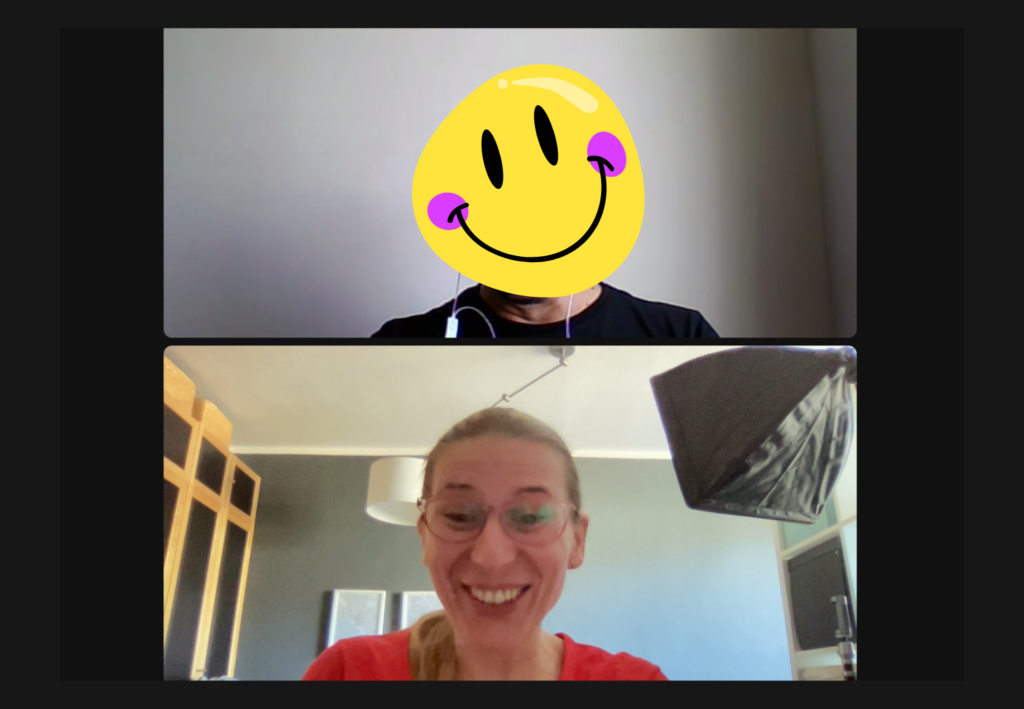
What also helps me a lot? My tandem partner. We have a tandem lesson once a week for 90 minutes. On top of that we communicate via whatsapp on daily basis. He shows me real Spanish regularly – not the textbook version (which is so cool).
I want my Spanish to be for real life – not the version for stuffy professors (no offense – just not my cup of tea…).
I enjoy variety of activities. I don’t like studying from textbooks. That’s why I use authentic materials, songs, messages from my tandem partner, quizzes, crosswords, watching films in Spanish with subtitles etc.
My courses of Czech are set up in a similar way. I don’t teach Czech via grammatical charts. I have created my own system that helps foreigners who struggle with grammar rules etc. (just like I do ;))
Learning is so much fun. It’s not only about learning new vocab, it’s about immersing yourself into the language, discovering a whole new world: culture, cousine, their everyday life…
I am really looking forward to visiting some of the Spanish-speaking countries and practising my Spanish in real life soon.
